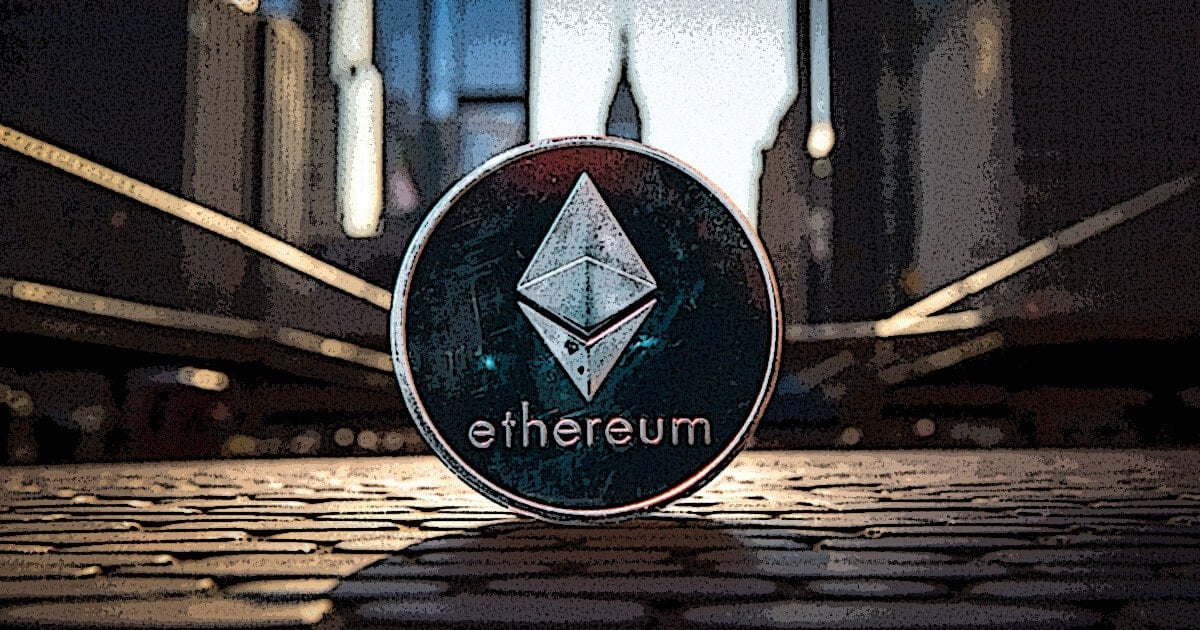Ethereum (ETH) has gained 6.5% in the last 24 hours and now trades near $3,786, even amid massive outflows from HTX totaling $518 million. Despite liquidity concerns tied to Justin Sun’s empire, Ethereum (ETH) remains resilient thanks to heavy whale and institutional accumulation. With recent purchases exceeding $1.3 billion, Ethereum (ETH) is eyeing the psychological $4,000 level — and analysts whisper of a $10,000 target by 2026.
Coldware (COLD), a new Ethereum-compatible Layer 1, is gaining momentum alongside Ethereum (ETH). Its presale has raised more than $6.6 million, with over 66% of the supply already sold at a starting price of $0.008. Coldware (COLD) may be the lesser-known name, but its approach to mass adoption — combining a Layer 1 blockchain with consumer-grade hardware — positions it as a strong Ethereum (ETH) ally, not competitor.
$COLD and ETH Side-by-Side: Two Strong Investment Cases
Ethereum (ETH) is a large-cap blue-chip token, with a $455 billion market cap and growing ETF exposure. Coldware (COLD), by contrast, is in its early stage and has room to grow exponentially. Both tokens offer staking, smart contract utility, and wide adoption potential — but Coldware (COLD) adds consumer hardware integration and mobile-first decentralization, making it unique even in a saturated market.
Ethereum (ETH) Powers the Market — But Coldware (COLD) Democratizes It
While Ethereum (ETH) remains the go-to network for DeFi and smart contracts, Coldware (COLD) introduces user-friendly tools like Freeze.Mint for token creation, mobile staking, and encrypted messaging. All of this runs natively on Coldware (COLD)’s devices — the Larna 2400 smartphone and ColdBook laptop. Where Ethereum (ETH) caters to developers and institutions, Coldware (COLD) lowers the barrier for average users to enter Web3.
$COLD Tokenomics Built for Scalable Growth
Coldware (COLD) uses a capped supply model with staking rewards, developer grants, and Layer 2 onboarding support. The $COLD token is used not only for payments and DeFi access, but also for running dApps on its proprietary operating system. Ethereum (ETH) also offers wide use, but Coldware (COLD)’s combination of native hardware and software functionality presents a fresh use case for blockchain-backed everyday computing.
Why Now Could Be the Best Time to Buy Both Ethereum (ETH) and Coldware (COLD)
Ethereum (ETH) has proven its staying power, and with institutional buying ramping up, the path to $10,000 doesn’t seem far-fetched. Meanwhile, Coldware (COLD) is emerging as one of the best early-stage plays in the market. It brings usability, decentralization, and hardware-backed adoption to a space that’s ready for its next growth wave.
Conclusion: Ethereum (ETH) Leads, Coldware (COLD) Innovates
If you’re looking to balance a portfolio with both security and high-growth potential, Ethereum (ETH) and Coldware (COLD) could be the perfect combination. Ethereum (ETH) dominates with scale and trust, while Coldware (COLD) innovates with accessibility and tech integration. As both head toward new highs, now may be the ideal time to act.
For more information on the Coldware (COLD) Presale:
Visit Coldware (COLD)
Join and become a community member:
Disclaimer: This media platform provides the content of this article on an "as-is" basis, without any warranties or representations of any kind, express or implied. We assume no responsibility for any inaccuracies, errors, or omissions. We do not assume any responsibility or liability for the accuracy, content, images, videos, licenses, completeness, legality, or reliability of the information presented herein. Any concerns, complaints, or copyright issues related to this article should be directed to the content provider mentioned above.









